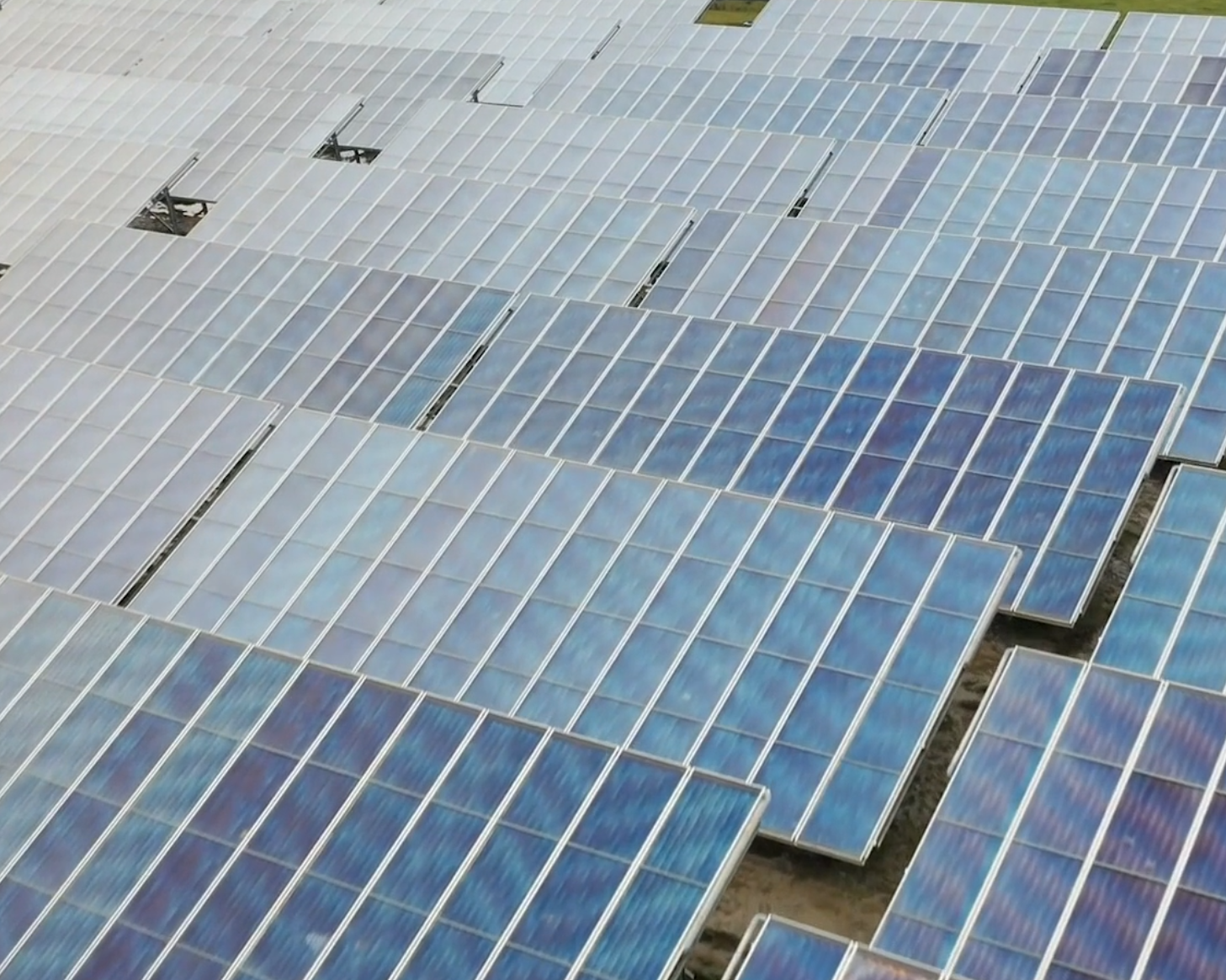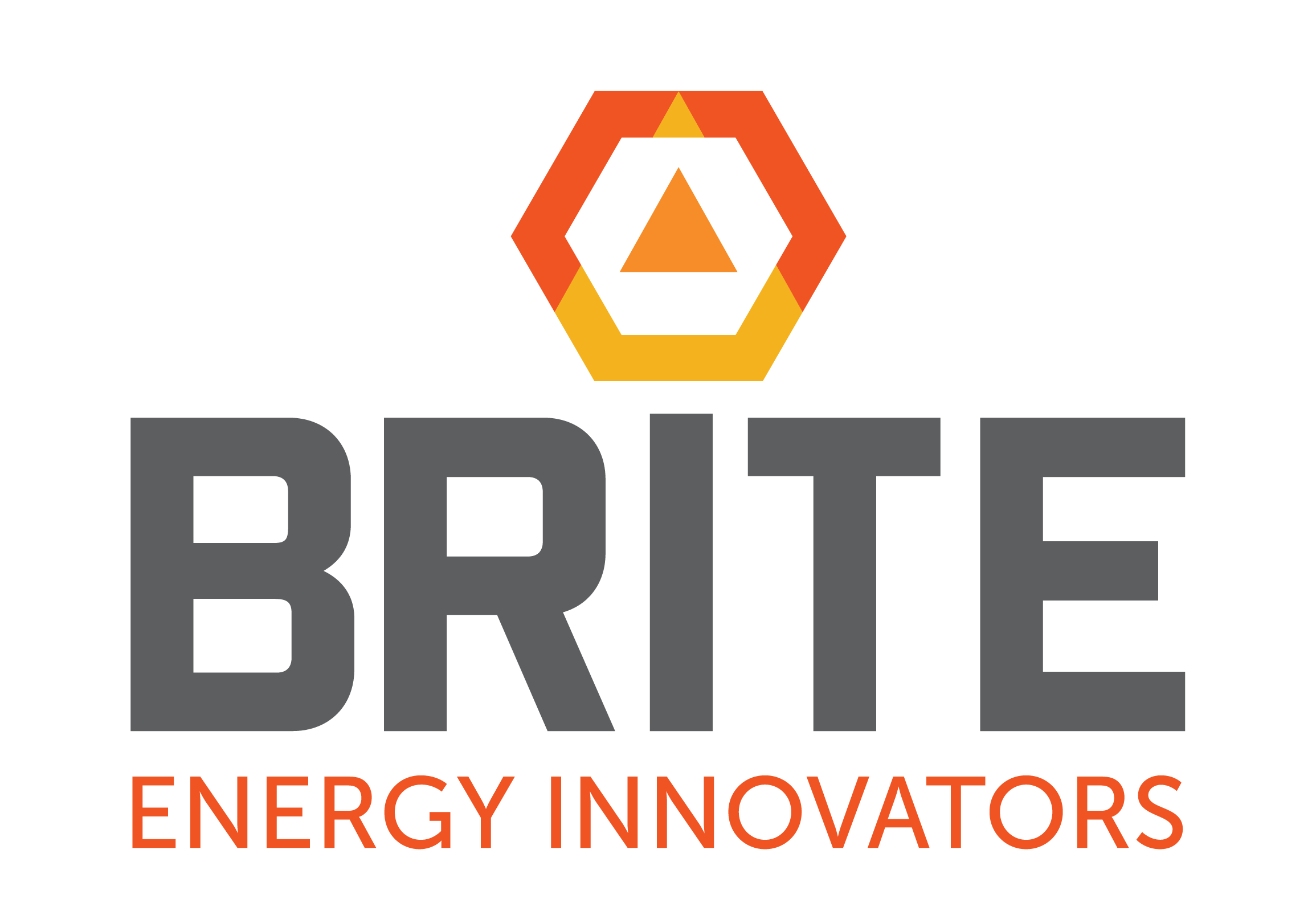In this segment, we’ll dive into how solar technology works, its environmental benefits, and its role in reducing carbon emissions. Our experts from Vroom Solar, a solar inverter manufacturer, will help us break down the science behind solar energy and its impact on energy conservation.
Episode 6: Lesson Plans
7th Grade Science
This lesson explores solar energy collection, evaluates potential locations for solar facilities in Ohio, and investigates thermal energy transfer mechanisms: conduction, convection, and radiation. Students will use technology to research, analyze, and make informed decisions while comparing Ohio’s solar potential to other U.S. regions.
7th Grade Standard: Understand how energy is transferred and transformed and Relate energy concepts to real-world applications.
8th Grade Science
This lesson explores how the sun powers wind, air, and ocean currents, influencing climate patterns. Students will investigate the impact of thermal energy transfers—conduction, convection, and radiation—on atmospheric and ocean currents. The activity emphasizes using solar energy technology, focusing on selecting an ideal location for a solar-powered facility in Ohio and comparing it to other regions of the United States.
8th Grade Standard: Explain the impact of renewable energy on reducing environmental risks, and Relate energy concepts to real-world applications.
High School
Environmental Science
This episode explores how Earth’s four major spheres—the geosphere, hydrosphere, atmosphere, and biosphere—interact to create and sustain life. Students will investigate how human activities influence these spheres and consider the role of solar energy in sustainable solutions. The lesson highlights real-world environmental challenges, such as climate change and pollution, and introduces strategies for mitigation and adaptation. Insights from the video include examples of feedback loops, extreme weather events, and case studies demonstrating the interconnectedness of Earth’s systems, with a focus on how solar energy can be leveraged to reduce environmental harm and transition to a cleaner energy future.
High School Standard: Understand the role of energy conservation and efficiency.
High School Physics
In this lesson, students explore how solar energy is captured and converted into electricity, using key physics concepts such as wave behavior, energy transformation, and conservation of energy. They learn about the photovoltaic effect, innovations in solar technology, and the environmental benefits of solar power.
The lesson also introduces nuclear fusion, explaining how the Sun’s energy originates from hydrogen atoms fusing into helium, releasing immense energy that reaches Earth as sunlight. Students compare nuclear fusion to nuclear fission, the process used in power plants, discussing energy efficiency, density, and environmental impact.



